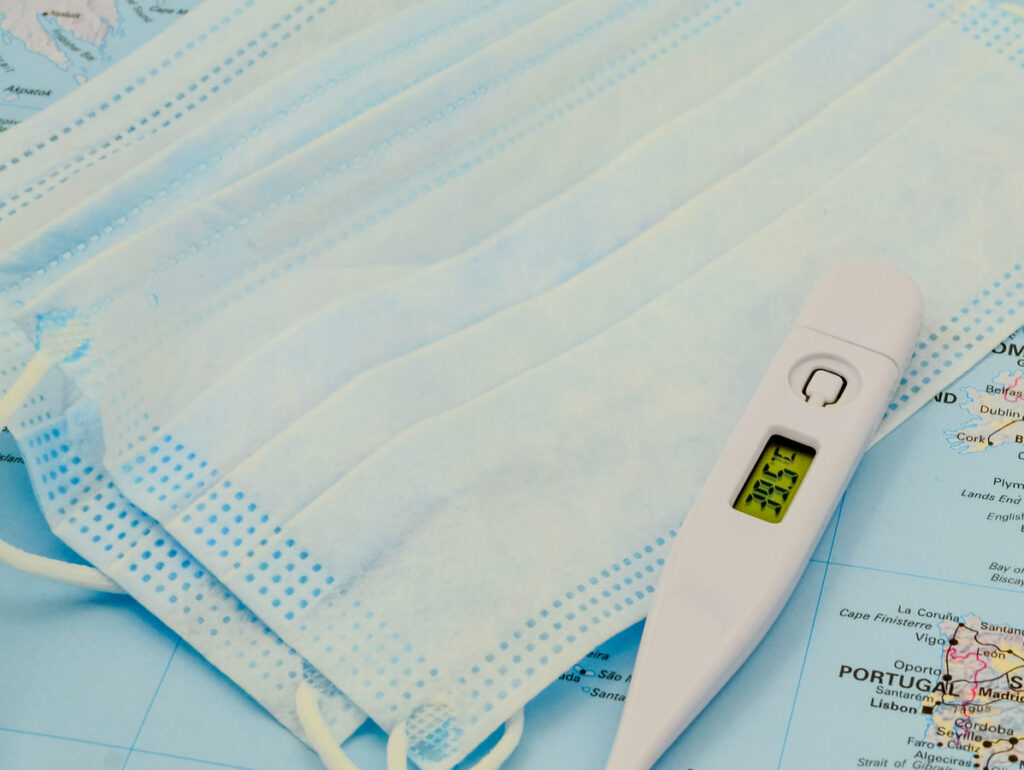COVID-19: Six Use Cases on How Analytics Can Help in the Short Term

As providers of essential services, utilities have their hands full with COVID-19. From managing a large workforce to serving many customers, utility operations are using analytics to adapt quickly to the pandemic.
Fortunately, utilities are more prepared than most industries to deal with the unexpected. Pandemics are part of utility planning. This enables utilities to keep generation plants running and respond to outages while taking precautions to limit exposure to the virus.[1]
The Electricity Subsector Coordinating Council (ESCC) recently published a resource guide on Assessing and Mitigating the Novel Coronavirus (COVID-19). The 73-page guide covers control center continuity, mutual assistance, generation continuity, access to contaminated buildings, supply chain disruptions and more.
Using the ESCC guide among other sources, here is a bird’s eye view of some analytics use cases to help manage operations during COVID-19:
Visualize exposed workforce
One utility is tracking all employees including confirmed COVID cases, reported symptoms and family exposures according to the U.S. Centers for Disease Control and department of public health protocols. The utility checks in daily with employees who may have been affected and offers help with issues and family concerns.
Data and Analytics: In-house tracking system developed by Environmental Health & Safety, HR and software developers using visualization (Tableau)
Get COVID-19 messages to customers
Segmentation that takes into account customers’ preferred mode of communication (text, email, phone, web portal) could increase the chance more customers receive a message.
Data and Analytics: Customer segmentation, clustering, customer relationship management (CRM) applications
Prioritize asset repair
To protect employees, critical assets at high risk of imminent failure should be top priority. This is particularly important when tasks require crews to work in close proximity.
Data and Analytics: Predictive and prescriptive analytics, optimization, remote sensing and monitoring, asset performance management applications
Maintain staffing levels
If restricted and containment areas are established, it is important to know whether employees living in those areas are available to work. To manage work, utilities also will need to identify work locations in the restricted area.
Data and Analytics: Geospatial mapping with IDs for privacy
Ensure control center continuity
Generation, transmission and distribution control centers are critical to maintaining reliability. Utilities have taken measures (for example, redundant centers with staggered shifts and set crews comprised of the same workers) to limit system operators’ potential exposure to the virus.
The ESCC recommends “development of risk scenarios that can identify potential gaps in existing plans given the unique nature of a pandemic’s effect on personnel availability.” The idea is to inform mitigation in the event that individual operators, shifts or the center itself is compromised. Analytics could reduce the time it takes to perform this analysis.
Data and Analytics: Simulation, optimization
Decide whether to sequester personnel
A decision to sequester control center personnel is a resource and cost-intensive option, according to the ESCC. “The decision to enact sequestration is driven by individual organization risk assessments and should not be based on any one criterion or data point alone, but it should consider the situation for a specific control center holistically.”
The decision involves the rate of infection in the control center location, availability of certified substitute personnel, test availability, likelihood of exposure to infected individuals and reliability directives.
Data and Analytics: Forecasting, geospatial analytics, contact tracking, public health data
Longer-term responses
As the pandemic unfolds, there will be real-world examples where utilities have applied analytics to aid in the COVID-19 response. Analytics teams should continue to raise visibility of the benefits of analytics and offer their services.
Stay tuned on how analytics can help with medium- and long-term responses to the pandemic.
[1] Some utilities are going above and beyond. For example, the Sacramento Municipal Utility District is helping short-staffed nonprofits with IT and setting up loan programs for small businesses in their territory. A machine shop at Consolidated Edison is being used to build face shields for high-exposure health care workers.





